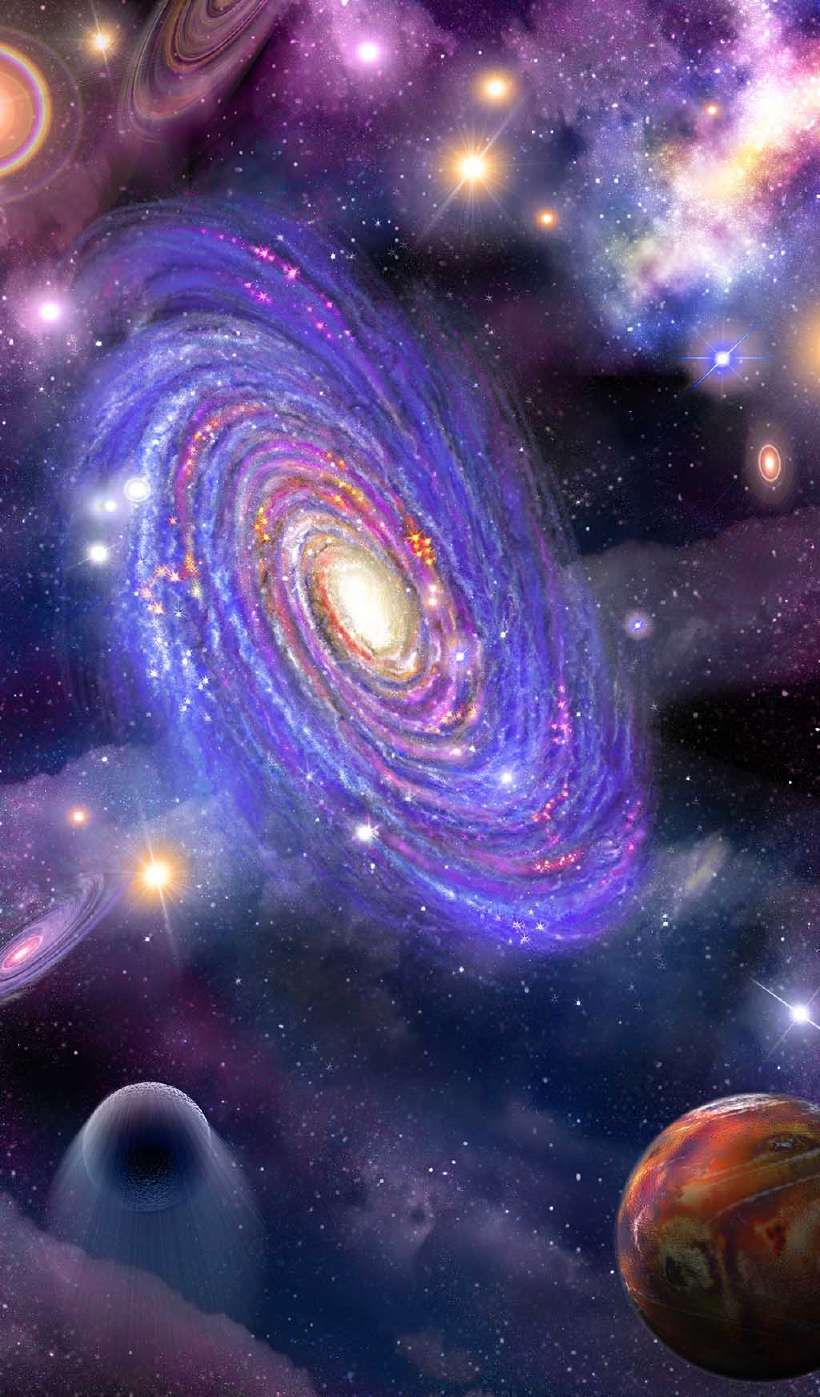Jupiter's New Moon
Home / Science for Kids / Science News for Kids / Jupiter's New Moon
Does Jupiter, the largest planet in the solar system, have a 17th moon? Astronomers seem to think it does.
Last year, astronomers at the University of Arizona and a Massachusets Observatory discovered what looked like a new moon around Jupiter. They had been scanning the skies for comets and asteroids as part of a spacewatch programme. In fact, when they saw the new moon, they thought it might be a comet or an asteroid.
A comet is a small body of ice and dust that orbits the Sun. When it approaches the Sun, the ice in it vaporises and forms a head and a tail. This object around Jupiter looked nothing like one, though it moved in an elongated orbit like a comet. It looked even less like an asteroid, which is a small rocky body that orbits the Sun. In the solar system, asteroids exist in a wide belt between Mars and Jupiter.

If the new object was neither a comet nor an asteroid, what was it? The scientists were in a fix. They realised what it was only only last month when they observed its orbit.
The orbit is the path that every object in the solar system takes while revolving around another object. And every object has a particular kind of orbit. Asteroids have one. Moons have another. Planets have yet another. It is possible to say what exactly an object in the solar system is by calculating the number of days it takes to go round its orbit. When the scientists made the orbital calculations of the new object, they realised it was not an asteroid, nor was it a comet. It was actually a new moon around Jupiter that had not been noticed before.
But, the scientists are still not sure, and they will not be for a few more months. For, Jupiter and its moons are too close to the Sun right now. And, that is why the scientists have not assigned a permanent name for the moon. It is still known by the number it was allotted when it was first discovered — S/1999J.
The new moon has a diameter of only 5 km, which means that the walk from one end of the moon to the other is only 5 km. It is Jupiter’s smallest moon. Actually, it is the smallest moon in the solar system.
Before the new moon was found, the Jupiter’s smallest known moon was Leda, which is about 8 to 16 km. in diameter.
This is not the first time that one of Jupiter’s moons is causing a stir. Some time ago, it was found out that one of its biggest moons, Io, actually does a lot of stirring and shaking. In the entire solar system, it is the only moon which is more volcanically active than earth.
For all we know, the new moon may not be the last of Jupiter’s moons. There may be many others hiding out there, just waiting to be discovered.
501 words |
5 minutes
Readability:
Grade 7 (12-13 year old children)
Based on Flesch–Kincaid readability scores
Filed under: science news
Tags: #jupiter, #scientists, #orbit, #comet, #solar system
You may also be interested in these:
Planets! Planets! and more Planets!
Why do Meteorites Strike the Earth?
How Lizards Defy Gravity
A New Camel Specie Discovered
The Scent of an Enemy